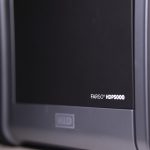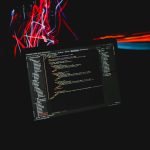With the rapid evolution of artificial intelligence, locating the origin of an image has become easier and more accurate. AI-powered image search tools are now capable of identifying the source, context, and even visually similar photos across various platforms. Whether you’re a journalist, student, marketer, or simply curious, using an AI image search tool can be incredibly effective for fact-checking, verifying authenticity, or just understanding more about what you see online.
This article walks through the steps required to trace an image’s source using AI-driven image search and explains how these tools work to simplify your investigations.
Understanding AI Image Search Tools
AI image search tools utilize machine learning algorithms to analyze the visual content of an image and compare it with massive datasets on the internet. These tools go beyond basic reverse image search by:
- Recognizing patterns, objects, locations, text, and even faces.
- Cross-referencing images across social media, stock photo sites, and news platforms.
- Providing contextual information including origin, publication date, and related uses.
Popular AI image search platforms include Google Lens, Tineye, PimEyes, and Bing Visual Search.
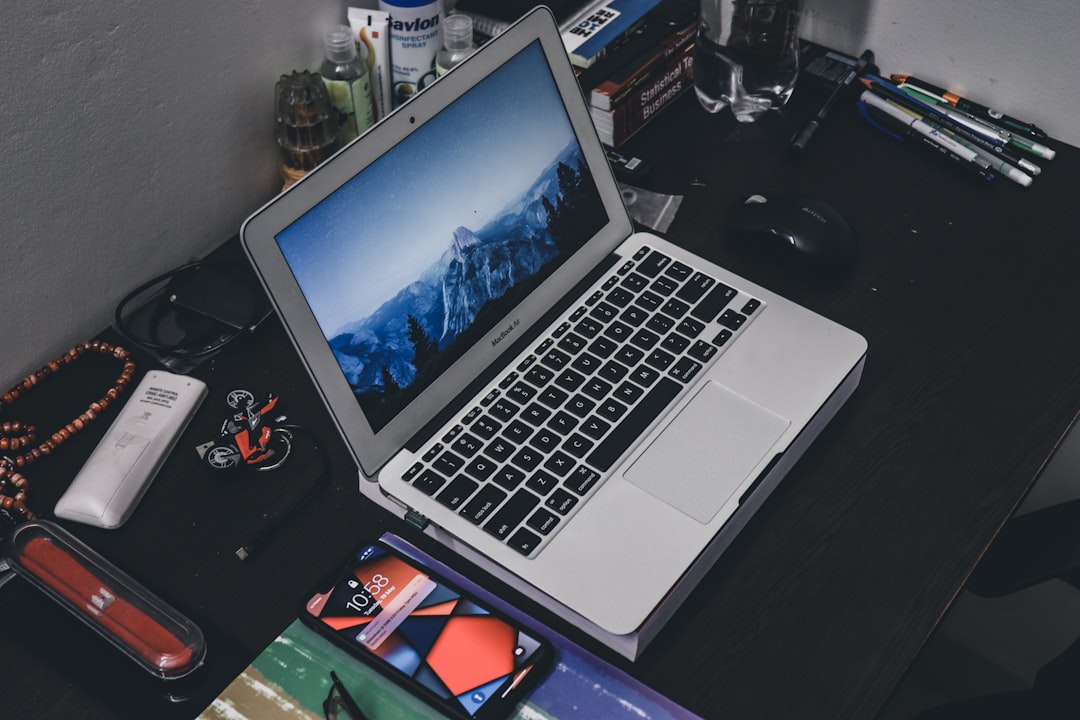
Steps to Find the Image Source Using an AI Tool
Locating the source of an image involves a few simple and effective steps. Here’s how to do it:
1. Choose the Right Image Search Tool
Different tools excel in different areas. For example:
- Google Lens is great for general image search with deep integration into mobile devices and browsers.
- PimEyes specializes in facial recognition, ideal for tracing portraits or celebrity images.
- Tineye allows users to search based on image variations and duplicate detection.
2. Upload or Link the Image
Once you’ve selected a tool, you’ll be given the option to either upload an image file or paste an online link. Most platforms support image formats such as JPG, PNG, and GIF.
3. Analyze the Results
AI will scan and compare your image with millions of indexed visuals. The results will typically include:
- Exact matches
- Visually similar images
- Pages where the image appears
- Metadata information like upload date and size (depending on the platform)
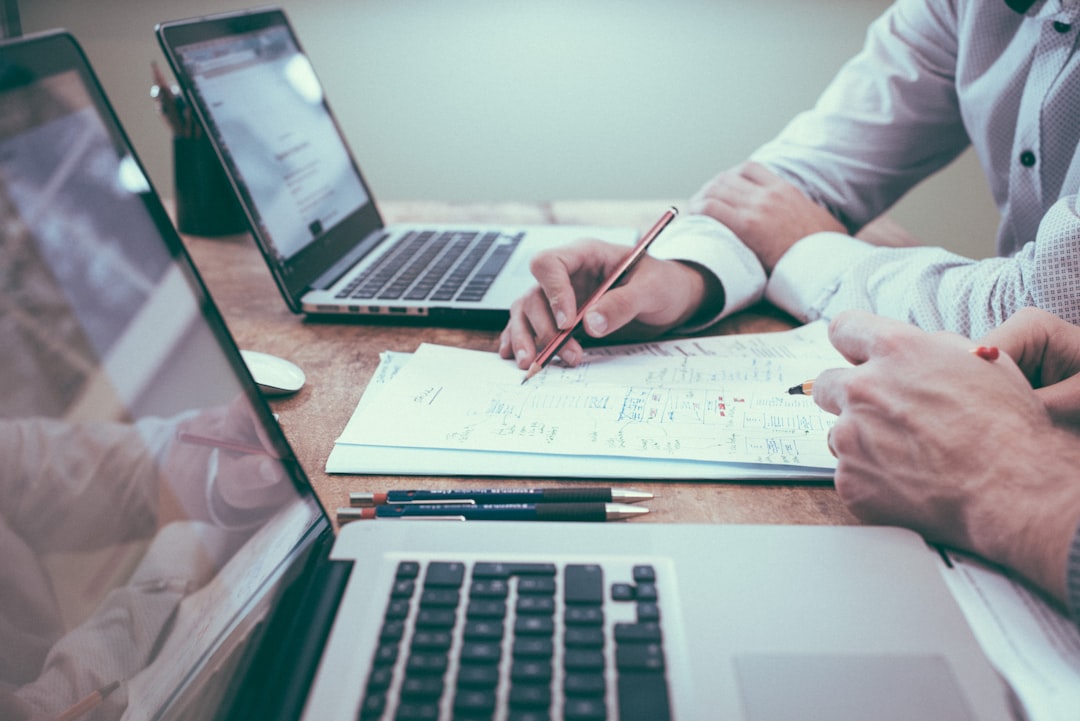
4. Verify Authenticity
After identifying possible sources, evaluate the credibility of each site. Prefer established websites, news agencies, or primary creators. Be wary of altered or reused versions of the image that may mislead or divert from its original context.
Useful Tips for Better Accuracy
- Crop unwanted parts of the image before uploading to eliminate irrelevant visual data.
- Use multiple tools to cross-verify the results for more accurate origin tracking.
- Check image metadata using EXIF viewers when possible for hidden details like GPS location or device information.
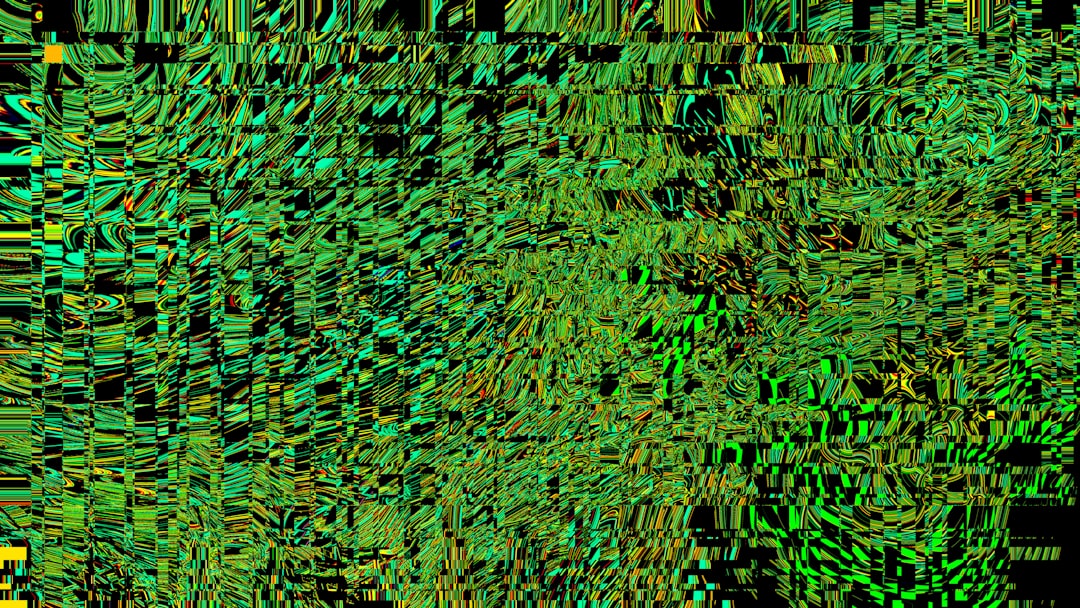
Conclusion
AI-powered image search has revolutionized online research, enabling anyone to trace the origin of images within seconds. Whether for verifying facts, sourcing photographers, or identifying commercial use, these tools offer high accuracy and efficiency. By following a few simple steps, users can get to the root of any image they encounter online, ensuring that digital visuals are better understood and appropriately credited.
FAQ
-
Q: Are AI image search tools free to use?
A: Many AI image search tools like Google Lens and Bing Visual Search are free. However, some, like PimEyes, offer premium features at a cost. -
Q: Can AI tools detect edited or cropped images?
A: Yes, advanced AI tools can recognize manipulated images, though accuracy may depend on the extent of editing. -
Q: Is it legal to trace someone’s photo using these tools?
A: It depends on the jurisdiction and usage intent. Public images are generally searchable, but using them for invasive or malicious purposes may breach privacy laws. -
Q: What if my image doesn’t return any results?
A: Try cropping the image, using different platforms, or checking for embedded metadata. Some images may not be widely available online. -
Q: Can I find the first upload of an image?
A: While AI can suggest early appearances, pinpointing the absolute first upload requires manual comparison and checking timestamps.




